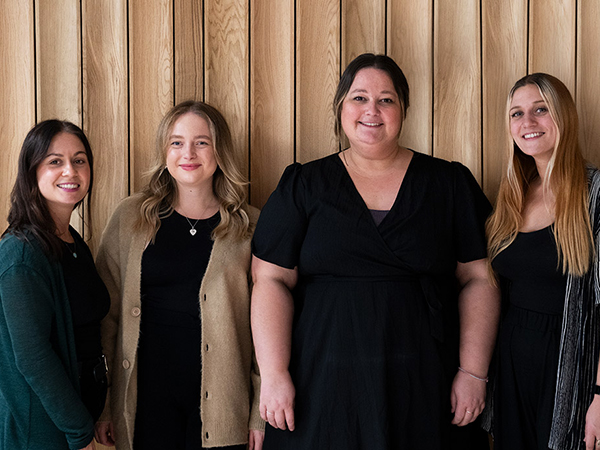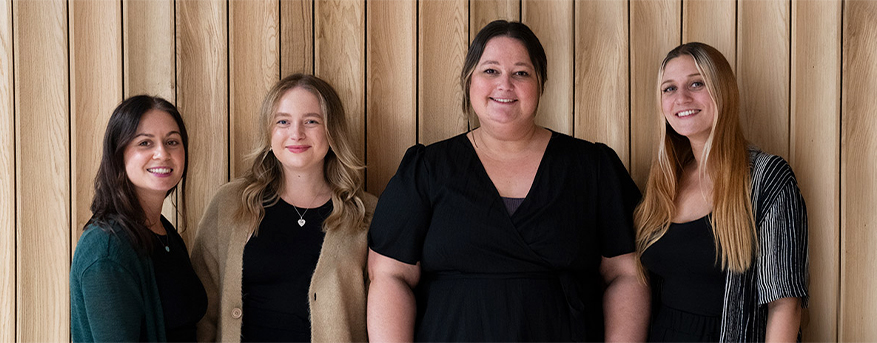The tech sector is growing, too. The headquarters of Lithuanian startup Vinted are in Vilnius and Nord Security became its second tech success story a couple of years later. The country is enticing digital nomads to stay, partly with the growing universality of English as a second language, the relative good value for Northern Europe (though prices are rising far out of line with average salaries), and the speediness of its internet (fifth in Europe). Also, perhaps, with the news – received with surprise by Lithuanians – that Lithuanians under 30 are thought to be the
happiest in the world. Whilst there are now growing art and culture scenes, they come with gentrification and rising prices for ordinary people.
As a visitor, you might be surprised by Lithuania. Nicola Keen, Responsible Travel’s digital marketing manager, holidayed there last year.
“Before going, I thought it would be a cultural and historical place, but I was expecting this to mean castles and museums,” she says. “I was then surprised as we went down the streets by all this amazing street art.”
A very long, very pink elephant and a massive mural called The Wise Old Man are the exuberant highlights of a Kaunas street art tour, whilst Vilnius has an open-air street art gallery. Vilnius: a cultural capital Vilnius has a reputation for great nightlife. It also has its own hipster district – Naujamiestis, the city’s ‘New Town’, with its interesting, mural-marked architecture housing bars, restaurants and theatres. Then there’s Lukiskes Prison, which once held thousands of Jewish people during the Nazi occupation, but which now is a sensitively curated museum, plus an event space and gallery, and a studio space for 250 creators and artists.
In 2018, Vilnius opened the MO Museum – a private collection of modern art that joins the city’s many galleries, including its National Museum of Art. The design-icon building, clad in white plaster, may look cool and untouchable, but it won an award two years after opening for inclusivity and friendliness, and now receives hundreds of thousands of visitors a year.

























